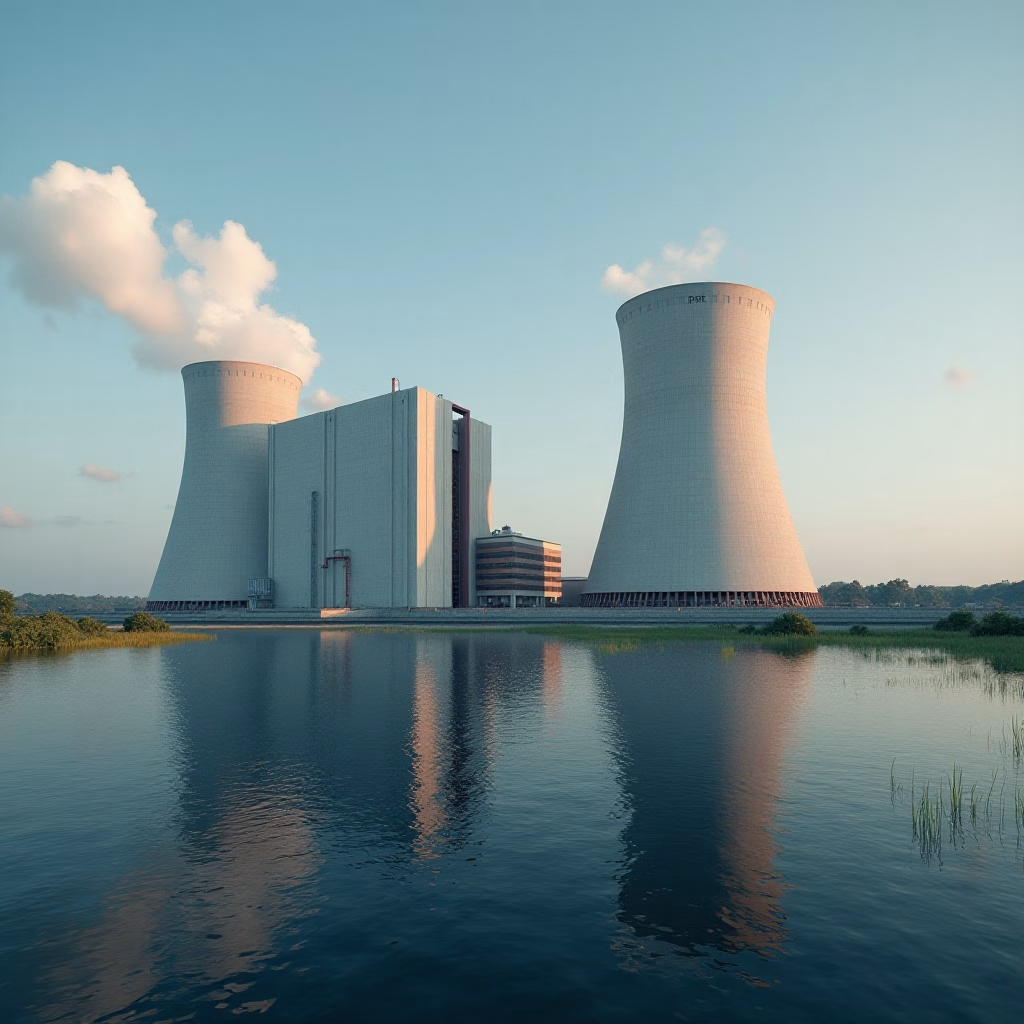Nuclear power plants convert the energy of radioactive elements into electricity by nuclear fission; a series of chain reactions from nuclear fission produces high-pressure steam which drives a turbine-generator system and is similar in principle with conventional thermal power plants.
The Eiselstein Energy Converter uses water to generate electricity, but it does it more efficiently than conventional hydroelectric power plants by using the weight of the water instead of flow and by using linear motion instead of rotary motion. It requires less footprint since the Eiselstein converter uses tanks to contain the water instead of building large reactors and turbines. Its energy source are bodies of water, which are technically infinite compared to uranium. It does not generate any radioactive waste. The comparison of both energy converters is summarized in the table below:
| Factor | Nuclear Power Plant | Eiselstein Energy Converter |
| Energy Source | Uranium (finite, regulated) | Perpetual (Earth’s water cycle) |
| Energy Multiplication | Relies on nuclear fission | Uses mechanical advantage of water weight |
| Deployment Speed | Slow (years, complex construction) | Rapid (weeks to months, modular, upcycled parts) |
| Upcycling Potential | Limited upcycling options | Reuses wind turbine blades, reducing waste |
| Environmental Impact | Low emissions, but radioactive waste | Minimal, no emissions or waste |
| Scalability | Centralized, large-scale | Distributed, scalable to local/regional needs |
| Grid Integration | Best for national grids/baseload | Easy for microgrids/distributed energy |
| Funding | Supported by DOE and private investments | Under US DOE EERE review; gaining recognition |
| AI / Emergency Use | Long planning and construction timelines; not suitable for rapid or emergency deployment, but provides robust, stable power once online | Ideal for distributed, resilient, and rapid response needs |
